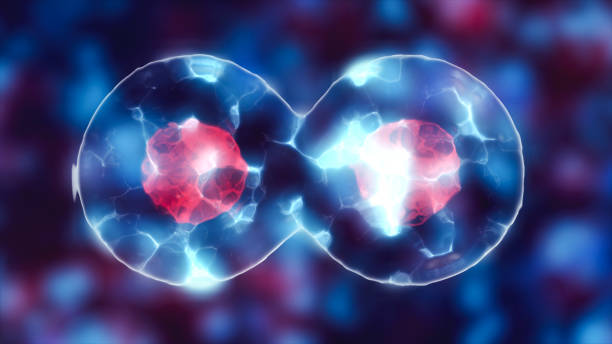Cytokinesis, the manner of cell division, is vital for the increase and development of all living organisms. In plant cells, cytokinesis affords unique demanding situations because of their rigid cell walls and massive principal vacuoles. To conquer these challenges, plant cells have advanced particular variations and mechanisms to ensure successful cytokinesis. In this text, we are able to explore the specific challenges of cytokinesis in plant cells and the diversifications that allow them to conquer these boundaries.
Demanding Situations of Cytokinesis in Plant Cells
Plant cells face numerous wonderful demanding situations at some point of cytokinesis that aren’t encountered in animal cells.One of the primary demanding situations is the presence of a rigid cellular wall, which presents structural support and protection but also poses a barrier at some stage in cell division. Moreover, plant cells include large imperative vacuoles that may complicate the process of cytokinesis through occupying a big portion of the cell’s quantity and influencing the location of the division plane.
The cell plate, a structure fashioned in the course of cytokinesis in plant cells, affords any other mission. The cellular plate is a precursor to the new cell wall that separates the 2 daughter cells. Its formation and next fusion with the present cellular wall require precise coordination and law to make certain a hit of entirety of cytokinesis.
Variations for Cytokinesis in Plant Cells
To conquer the challenges posed with the aid of the rigid cell wall, primary vacuoles, and cell plate formation, plant cells have developed specific adaptations and mechanisms. Those adaptations allow plant cells to efficiently perform cytokinesis and ensure the proper division of the cytoplasm and organelles between the daughter cells.
Phragmoplast Formation:
Plant cells utilize a specialised structure known as the phragmoplast to manual the formation of the cell plate for the duration of cytokinesis. The phragmoplast is a microtubule-primarily based array among the two units of daughter chromosomes. It serves as a scaffold for vesicle trafficking and the deposition of cellular wall substances, in the long run leading to the formation of the brand new cell wall between the daughter cells.
Vesicle Trafficking and Cellular Plate Formation:
The phragmoplast directs the focused transport of vesicles containing cell wall materials to the division plane. These vesicles are derived from the Golgi apparatus and are transported alongside the microtubules of the phragmoplast to the cellular plate formation. Once on the division plane, the vesicles fuse to form the cell plate, which subsequently matures into the brand new cell wall that separates the daughter cells.
Imperative Vacuole Dynamics:
The massive significant vacuole in plant cells presents a mission for the duration of cytokinesis due to its influence on the positioning of the division plane. To accommodate the important vacuole and make a certain right division, plant cells go through dynamic changes in vacuolar morphology and positioning. This process consists of the reorganization of the vacuolar membrane and the redistribution of vacuolar contents to facilitate the formation of the cell plate and the following division of the cytoplasm.
Cytoskeletal Regulation:
The cytoskeleton, composed of microtubules and actin filaments, performs an essential position in coordinating the activities of cytokinesis in plant cells. The dynamic reorganization of the cytoskeleton, in particular the phragmoplast microtubules, is important for steering vesicle trafficking, cellular plate formation, and the status quo of the division plane.
Cell Wall Transforming:
Following the completion of cytokinesis, plant cells undergo cell wall transformation to make certain the right integration of the newly fashioned cell wall with the present cell wall. This process includes the change of cell wall additives and the deposition of additional materials to enhance the newly fashioned cell plate and sell the structural integrity of the daughter cells.
Summary
Cytokinesis in plant cells affords specific demanding situations due to the presence of a rigid cell wall, big primary vacuoles, and the formation of the cellular plate. To conquer these demanding situations, plant cells have advanced precise variations and mechanisms that allow them to correctly perform cytokinesis. The formation of the phragmoplast, targeted vesicle trafficking, central vacuole dynamics, cytoskeletal law, and cell wall reworking are all vital methods that make contributions to the a hit finishing touch of cytokinesis in plant cells.
Through know-how the precise demanding situations and diversifications of cytokinesis in plant cells, we are able to benefit from valuable insights into the essential methods that govern plant growth and improvement. Moreover, this expertise can inform the development of strategies to improve crop productivity and cope with demanding situations in agriculture and plant biotechnology.



